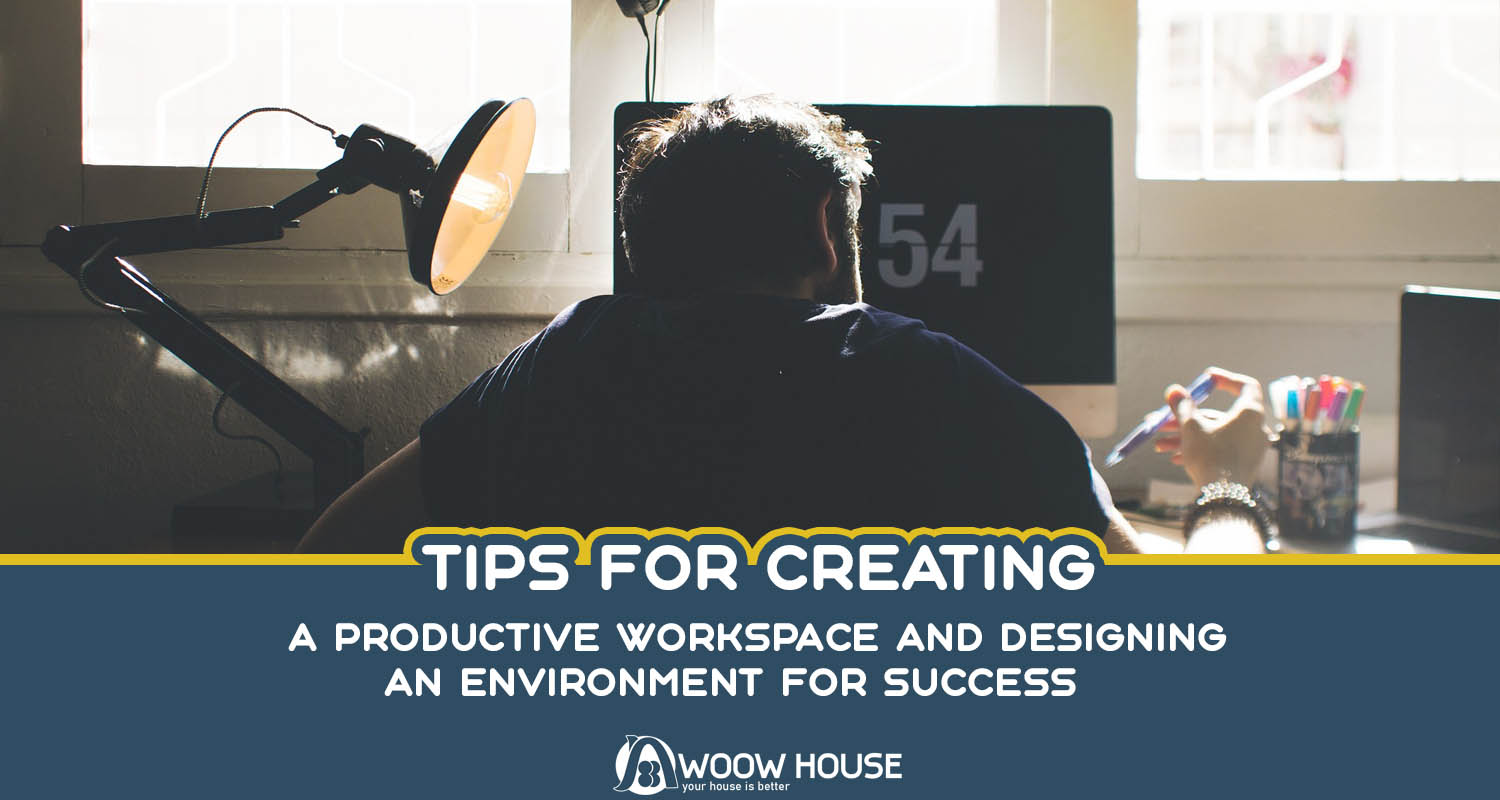A productive workspace is essential for achieving optimal focus, creativity, and efficiency in your work. Whether you’re working from home or in a traditional office setting, the design and layout of your workspace can significantly impact your productivity and overall well-being. In this essay, we’ll explore practical tips for creating a productive workspace that inspires motivation, fosters concentration, and supports your professional goals.
Choose the Right Location:
The location of your workspace plays a crucial role in your ability to stay focused and productive. Selecting a quiet and dedicated area away from distractions is essential for creating an environment conducive to concentration and productivity.
Dedicated Space: Designate a specific area of your home or office exclusively for work-related activities. Ideally, this space should be separate from areas used for leisure activities or household chores to minimize distractions and create a clear boundary between work and personal life.
Quiet Environment: Choose a location with minimal noise and interruptions to help maintain focus and concentration. If possible, opt for a secluded area away from high-traffic areas, loud appliances, or noisy neighbors to create a peaceful and conducive work environment.
Natural Light: Position your workspace near windows or other sources of natural light to benefit from ample daylight exposure. Natural light not only boosts mood and energy levels but also enhances alertness and cognitive performance, leading to increased productivity and creativity.
Prioritize Comfort and Ergonomics:
Creating a comfortable and ergonomic workspace is essential for preventing fatigue, discomfort, and musculoskeletal issues associated with prolonged sitting and repetitive tasks. Invest in ergonomic furniture and accessories to support proper posture and reduce the risk of strain and injury.
Ergonomic Chair: Invest in a high-quality ergonomic chair with adjustable features such as lumbar support, armrests, and seat height to promote proper posture and reduce back pain and discomfort. Choose a chair with breathable fabric or mesh upholstery for comfort during long hours of sitting.
Adjustable Desk: Consider using an adjustable standing desk or convertible desk converter to alternate between sitting and standing throughout the day. Standing periodically can improve circulation, reduce fatigue, and boost productivity by increasing energy levels and engagement.
Monitor Placement: Position your computer monitor or laptop screen at eye level to maintain a neutral neck position and reduce strain on your neck and shoulders. Use monitor risers or adjustable monitor arms to achieve the optimal viewing angle and distance for comfortable and ergonomic computer use.
Keyboard and Mouse: Use an ergonomic keyboard and mouse with wrist support to minimize strain on your wrists and hands during typing and mouse use. Position the keyboard and mouse close to the edge of the desk and maintain a relaxed posture to prevent wrist and forearm discomfort.
Organize and Personalize Your Space:
A well-organized and personalized workspace can enhance productivity, creativity, and motivation by reducing clutter, fostering a sense of ownership, and reflecting your unique personality and preferences.
Declutter Regularly: Keep your workspace organized and clutter-free by decluttering regularly and removing unnecessary items and distractions. Use storage solutions such as shelves, drawers, and organizers to keep essential supplies and materials within reach and out of sight when not in use.
Personalize with Decor: Add personal touches and decor elements to your workspace to create a welcoming and inspiring environment. Display artwork, photos, plants, or motivational quotes that resonate with you and reflect your interests, passions, and goals.
Create a Vision Board: Design a vision board or inspiration board to visualize your goals, aspirations, and projects. Use a bulletin board, corkboard, or digital platform to display images, quotes, and reminders that inspire and motivate you to stay focused and committed to your objectives.
Establish a Routine: Establish a daily routine and workflow that helps you stay organized, focused, and productive throughout the day. Create a schedule or to-do list to prioritize tasks, set deadlines, and track progress on projects, and allocate time for breaks and relaxation to avoid burnout and maintain balance.
Minimize Digital Distractions:
In today’s digital age, digital distractions such as email notifications, social media alerts, and online notifications can significantly impact productivity and focus. Implement strategies to minimize digital distractions and stay focused on your work tasks.
Set Boundaries: Establish boundaries with colleagues, clients, and family members to minimize interruptions and distractions during focused work time. Communicate your availability and preferred methods of communication, and set clear expectations for response times and availability.
Use Productivity Tools: Take advantage of productivity tools and apps to help you stay focused and organized during work hours. Use task management apps, time tracking software, and website blockers to prioritize tasks, track progress, and minimize distractions from non-work-related websites and apps.
Practice Mindfulness: Incorporate mindfulness techniques such as meditation, deep breathing exercises, or mindful breaks to reduce stress, increase focus, and improve concentration. Take short breaks throughout the day to practice mindfulness and recharge your mental and emotional batteries.
Creating a productive workspace is essential for achieving success and satisfaction in your work. By choosing the right location, prioritizing comfort and ergonomics, organizing and personalizing your space, and minimizing digital distractions, you can create an environment that inspires focus, creativity, and productivity. Whether you’re working from home or in a traditional office setting, implementing these tips will help you design a workspace that supports your professional goals and enhances your overall well-being. By investing time and effort into creating a productive workspace, you can maximize your potential and achieve your goals with confidence and ease.




